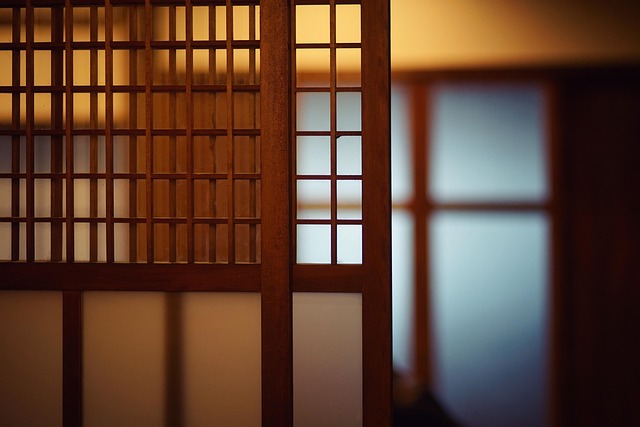Tech House: The Universal Party Beat
When the first low‑end thump of a four‑to‑four kick reverberated through the neon‑lit basements of Chicago in the early 1990s, a new rhythm was born. It was a fusion that borrowed the hypnotic minimalism of techno with the infectious groove of house. This hybrid was christened tech house, and since then it has become the heartbeat of clubs worldwide, the soundtrack to nights where bodies move as one under a shared pulse.
From Roots to Rebellion
Tech house did not emerge in a vacuum; it is the product of a lineage of musical experiments. Chicago’s club scene in the late 80s was already a crucible where African‑American DJs, European electronic pioneers, and underground enthusiasts collided. As house music matured, producers began to strip tracks down to their rhythmic core, injecting harder, syncopated beats that resonated with dance floors hungry for a fresh feel.
- Early House Foundations – The deep, soulful grooves of early house, characterized by looping piano stabs and melodic synths.
- Techno’s Minimalism – The driving, repetitive beats of Detroit techno offered a raw, mechanistic edge.
- Hybridization – DJs began layering minimal techno beats over house rhythms, creating a groove that was both danceable and hypnotic.
Musical DNA of Tech House
At its core, tech house is defined by a few key elements that give it its unmistakable sound.
“It’s the marriage of a deep, rhythmic groove with a subtle, tech‑inspired edge. The result is a track that feels alive yet controlled.” – DJ Insight, 2021.
- Four‑to‑Four Kick – The backbone of every tech house track is a steady kick drum that drives the groove.
- Syncopated Hi‑Hats – Rolling hi‑hats with a syncopated rhythm add tension and release.
- Minimalistic Basslines – Basslines are simple but powerful, often employing a stuttered or side‑chained effect.
- Atmospheric Pads – Subtle pad sounds create an immersive sonic environment without overpowering the beat.
- Vocal Samples – Short vocal chops or processed snippets add texture and a human element.
Why Tech House Resonates on the Dance Floor
The universal appeal of tech house lies in its ability to balance structure and freedom. The predictable four‑to‑four kick gives dancers a safe anchor, while the syncopated elements invite them to explore new movement. Producers often layer subtle dissonances and modulations that create an ever‑evolving soundscape, keeping the audience engaged without forcing them to follow a rigid narrative.
Key Artists Who Shaped the Sound
Over the past few decades, several artists have become synonymous with the evolution of tech house. Their tracks and sets illustrate how the genre can be both innovative and accessible.
- Frankey & Sandrabi – Known for blending melodic house with tech house’s rhythmic drive.
- Amelie Lens – While primarily techno, her sets often incorporate tech house elements that maintain energy.
- DJ Koze – His experimental approach fuses tech house grooves with avant‑garde textures.
- Green Velvet – A veteran who seamlessly merges techno, house, and tech house in club hits.
- Hot Since 82 – Their production style exemplifies deep, club‑ready tech house.
Global Scene and Cultural Impact
From underground clubs in Berlin to rooftop parties in Ibiza, tech house has transcended borders. Its adaptability has allowed DJs worldwide to tailor the sound to local tastes while preserving its essential groove. In Brazil, for instance, tech house tracks often incorporate samba‑inspired percussive patterns, creating a unique sonic bridge between African‑American roots and South American rhythms. In Japan, techno and house fans blend the two into tech house, emphasizing minimalism and precision.
Beyond the club, tech house’s influence reaches music festivals, radio shows, and even pop music, where the genre’s driving beats are sampled and recontextualized. The result is a cultural tapestry in which tech house serves as a common language for clubbers, producers, and listeners alike.
Future Trends in Tech House
While the fundamentals of tech house remain stable, the genre is constantly evolving. Producers are experimenting with new sonic textures and production techniques, pushing the envelope of what can be achieved within a dance‑floor context.
- Integration of Machine Learning – AI tools are now being used to generate rhythmic patterns that feel organic yet precise.
- Hybrid Genres – Tracks increasingly blend tech house with deep house, progressive house, and even techno, creating hybrid sub‑genres.
- Live Remixing – DJs are utilizing live electronics to remix tracks on the fly, adding an improvisational layer.
- Sustainability Focus – Environmental considerations are shaping festival production, influencing how tech house nights are organized.
Conclusion
From its humble origins in Chicago’s clubs to its status as a global party staple, tech house embodies the spirit of musical collaboration and cultural exchange. Its hypnotic grooves and subtle yet powerful rhythms create a sound that is at once familiar and endlessly evolving. Whether you are a seasoned DJ, a production enthusiast, or simply a dance‑floor lover, the universal beat of tech house offers a portal into a world where rhythm, community, and creative expression intersect in perfect harmony.


